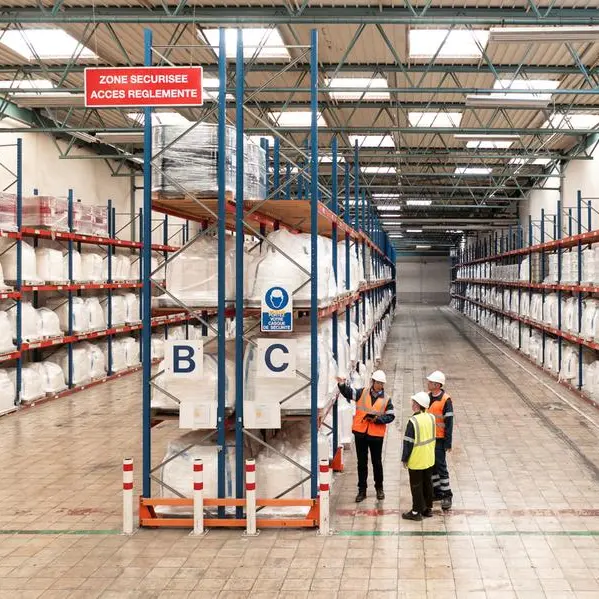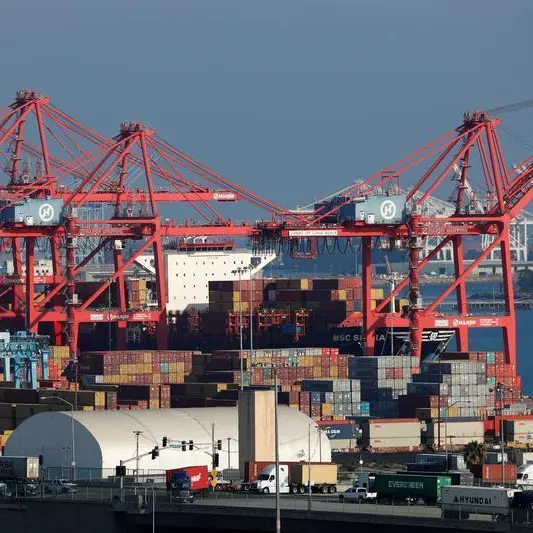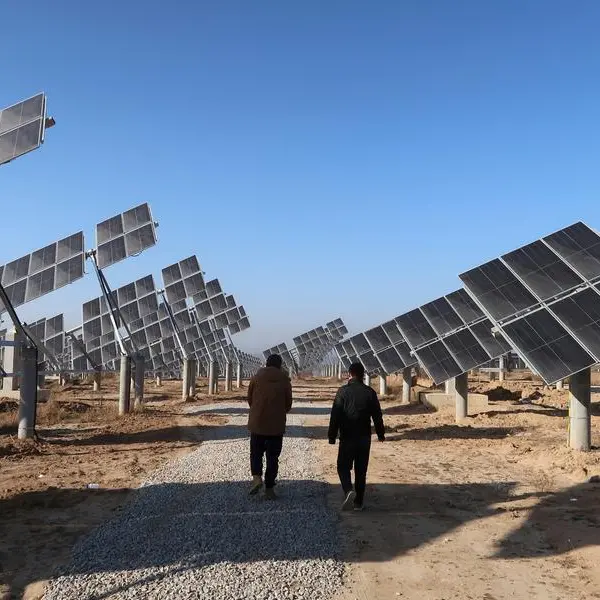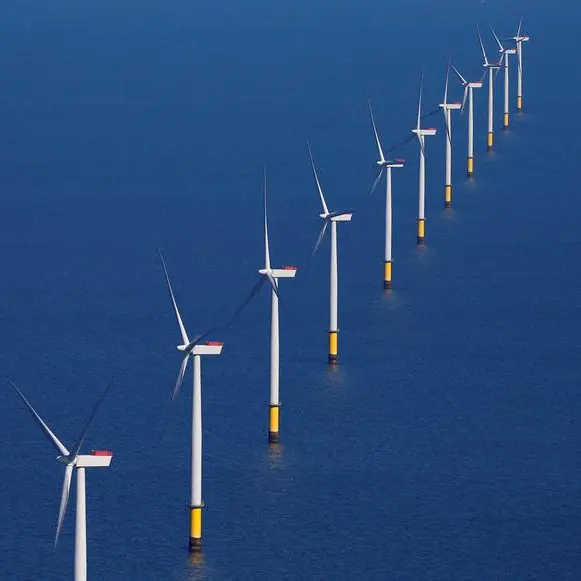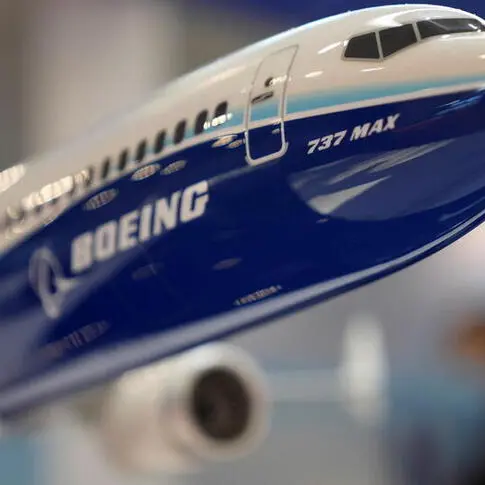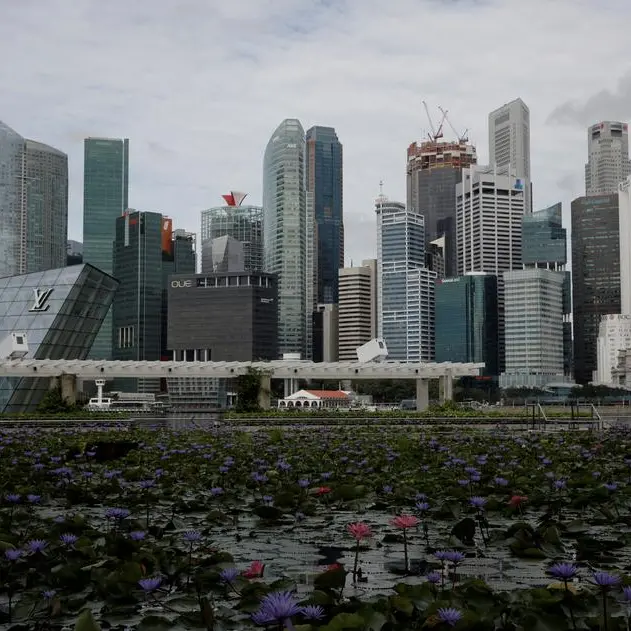PHOTO
Over the years, global captive centres have been expanding and developing at a remarkable pace. In the Middle East region, global captive units have been widely adopted as an offshoring tactic. These units primarily offer back-office operations and IT support services to their parent organisations.
Offshoring business operations to captive centres has proven to be a cost-effective and efficient strategy for many multinational corporations. By leveraging lower-cost locations, companies such as Apple, Standard Chartered, General Electric, UBS, and American Express have been able to streamline their back-office operations and focus more on their core business activities. In addition to cost savings, captive centers also offer opportunities for innovation and technology advancements, making them a valuable asset for companies looking to optimize their operations.
It’s important to understand the various types of captive centers, such as basic, shared, and divested models, before implementing them. For instance, Kimco Realty Corporation has a wholly-owned captive unit Kimco Insurance Company, Inc, which has proven to be effective in optimising risk management and expenses. However, it’s crucial to carefully analyse and assess this strategy beforehand to ensure that it doesn’t become an administrative burden or a big fixed and overhead cost with lower returns.
The real estate industry has also leveraged the opportunity offered by captive units, especially in the Middle East, where the post-pandemic world has witnessed tremendous growth in demand for flexible workspaces, and the retail and hospitality sectors are adapting to changing consumer behaviors. Additionally, there’s an increased demand for high-end and luxury properties, and the retail industry in the UAE has positively contributed to reducing the dependency on the oil sector for GDP. According to the 2023 Captive Landscape Report by Marsh, the real estate industry has witnessed a 52 per cent increase in captive premium growth, and growing sections for captive units include auto liability, cyber, property TRIA, and property NCBR.
The Middle East landscape: Potential and growth of global captive centers in this region
Captive units are no longer limited to oil and gas companies in the Middle East. In fact, there has been a significant growth of nearly 20% in captive units in this region between 2015 and 2020.
The GCC countries, including UAE, KSA,and Qatar, have become strategic hubs for MNCs due to their favorable business environments, advanced infrastructure, and government incentives. This has made them highly attractive destinations for captive center establishments, and companies should take note of these opportunities.
In the Middle East, several countries have emerged as popular destinations for captive units due to various factors. Bahrain, Qatar, Dubai, and Abu Dhabi are known for their adherence to international best practices. Abu Dhabi in particular has a financial free zone that allows foreign ownership. New regulations by DIFC have been made clearer and more specific to popular domiciles like Guernsey or Bermuda. The government is actively taking steps to attract MNCs to set up captive centers and not only limit itself to oil & gas companies.
Moreover, favourable government regulations such as Saudi Vision 2030 are supporting the tourism growth of the region. The launch of four SEZs in Saudi Arabia, including King Abdullah Economic City, Jazan, Ras Al Khair and Cloud Computing in the King Abdulaziz City for Science and Technology, has paved the way for future global investments.
The UAE also offers many free zones providing a highly operative and attractive environment. Double taxation treaties are fostering foreign investments, and the geographical proximity to Western countries and easy accessibility make the region more accessible to international investors.
The Middle East is also known for its state-of-the-art technology, low cost of labour, economic growth, and better infrastructure. The real estate market is poised for growth, with the residential sector witnessing an increase in apartment prices, while the hotel sector is expected to witness positive growth due to an increase in visitations. Across 2024, infrastructure-focused developments will rule. Structural reforms and steady growth in the non-oil sectors have also contributed to the growth of the real estate sector. Despite global uncertainties, the Middle East is showcasing resiliency in the real estate market.
The Middle East has witnessed a rise in the number of real estate companies setting up captive units in recent years. One of the primary reasons for this trend is to have greater control over their insurance programs, as well as to gain access to the reinsurance market. Additionally, this move allows these companies to enhance their cost efficiency, which is crucial in today’s competitive economic landscape.
Dubai International Financial Centre (DIFC) has recently reported a significant increase in the number of insurance and reinsurance companies setting up captives, with an annual growth rate of 20 per cent in 2023. This growth is a testament to the benefits that companies can reap by establishing captive centers in the Middle East, particularly in Dubai.
One such company that has recently established a captive unit in Dubai is Integritas Property Group (IPG), a rapidly expanding property developer from the North West of England. The new unit, located in Business Bay, Dubai, will enable IPG to seek investment opportunities from local investors and expand its presence in the Middle East.
The benefits of setting up a captive center are numerous and significant. For one, it provides a competitive edge to the parent company by giving them access to a diverse talent pool, reducing costs in terms of labor, enabling round-the-clock working by accessing different time zones, and speeding up mergers and acquisitions. Moreover, having a captive center provides better protection of intellectual property than outsourcing the work.
Apart from the benefits for the parent company, establishing a captive center also provides significant benefits to the local economy. It creates job opportunities and fosters innovation, enabling the local market to venture into emerging markets. Additionally, it promotes growth in technology and research and development and enhances the position of the local economy on the global map.
Looking ahead to the future, things are looking up for captive centres all around the world. According to Everest Group’s latest report, 2024 is set to be a year of positive growth and expansion. In fact, last year saw a whopping 452 new setups recorded by the same group (5). It seems that companies are increasingly comfortable with setting up offshore units, rather than outsourcing their work.
Of course, there are still plenty of factors to consider before making such a big move. That’s why many MNCs are turning to consultancy companies for help navigating the regulatory and political aspects of investing in a non-local place.
As for where we can expect to see the most growth? The Middle East is definitely a region to watch. With regulatory reforms, innovative new ideas, and a major investment in advanced infrastructure, it’s creating a highly favourable environment for captive centers. Plus, the market is focusing on its non-oil sectors to reduce dependency and increase potential for growth. All in all, it’s safe to say that the future looks bright for captive centers in the real estate space!
Looking ahead to the future, things are looking up for captive centres all around the world! According to Everest Group’s latest report, 2024 is set to be a year of positive growth and expansion. In fact, last year saw a whopping 452 new setups recorded by the same group (5). It seems that companies are increasingly comfortable with setting up offshore units, rather than outsourcing their work.
Of course, there are still plenty of factors to consider before making such a big move. That’s why many MNCs are turning to consultancy companies for help navigating the regulatory and political aspects of investing in a non-local place.
As for where we can expect to see the most growth? The Middle East is definitely a region to watch. With regulatory reforms, innovative new ideas, and a major investment in advanced infrastructure, it’s creating a highly favorable environment for captive centres. Plus, the market is focusing on its non-oil sectors to reduce dependency and increase potential for growth. All in all, it’s safe to say that the future looks bright for captive centres in the real estate space.
Sankey Prasad, Chairman & MD, India and CMD Middle East Project Leaders, Colliers.
Copyright © 2022 Khaleej Times. All Rights Reserved. Provided by SyndiGate Media Inc. (Syndigate.info).


